Origin Type
Mashhad is the capital city in Khorasan and important holy city because it is the location of the shrine of Imam Ali Reza, and consequently attracts a great number of Shiite pilgrims. The Safavid dynasty (1502-1736). Mashhad is a major carpet center of Iran producing carpets since the 1500‘s. It is also a center of carpet market for many producers from nearby towns and villages. The majority of the carpets produced in Mashhad are floral either with a central medallion or employing an allover pattern. Usually carpet are produced with varying hues of red or blue predominantly however, other color combinations may be also available. The wool used is usually soft, lustrous and quiet resistant to wear. One of the finest Mashhad carpets produced during the 20th century.
From all the famous rug and carpet workshops in modern Persia, the the most celebrated, distinguished and most sought after are the Amagholi rugs of Mashhad and later on his contemporary and student, Saber.
Amagholi, known by most carpet connoisseurs as Amoghli were two brothers(Abdul Mohammad Amoghli-eldest brother and Ali-Khan Amoghli-youngest brother), originally from Tabriz who migrated to Mashad and produced the most exquisite carpets for their time(1900-1940s). These carpets were mainly produced to supply the demand of the last Pahlavi Royal family of Persia and other aristocrats of the time. It is for this reason that most of Amoghli carpets decorated the Shah’s palaces or the great Mosques of Iran. Amoghli rugs together with such masters as Habibian Nain and Seyrafian Isfahan rugs are the finest Persian productions of the 20th century and comprise of the efflorescence and renewal of the “Persian art of weaving”. Only the carpets of 17th century produced during the Safavid dynasty(1502-1736), established by Shah Abbas of Persia could be compared to these masterpieces. Amoghli carpets are rarely available in the general market due to the high demand of collectors in acquiring such pinnacles of artistry and excellence. Most are acquired through well known Auction houses or well established Carpet galleries. The sign of a Amoghli carpet is distinguishable by a signature 3-5 centimeter wide border with very finely worked endings. The carpets produced by this Amoghli workshop’s also feature the highest density knots produced in Mashad (up to 1360knots/square inch, approximately 2 million knots/m2) however most were produced around 900 knots/square inch. The higher density weaves usually employ silk warp and weft, while less fine pieces will utilize cotton warp and weft. Both qualities will feature the highest quality wool and/or silk in the pile.

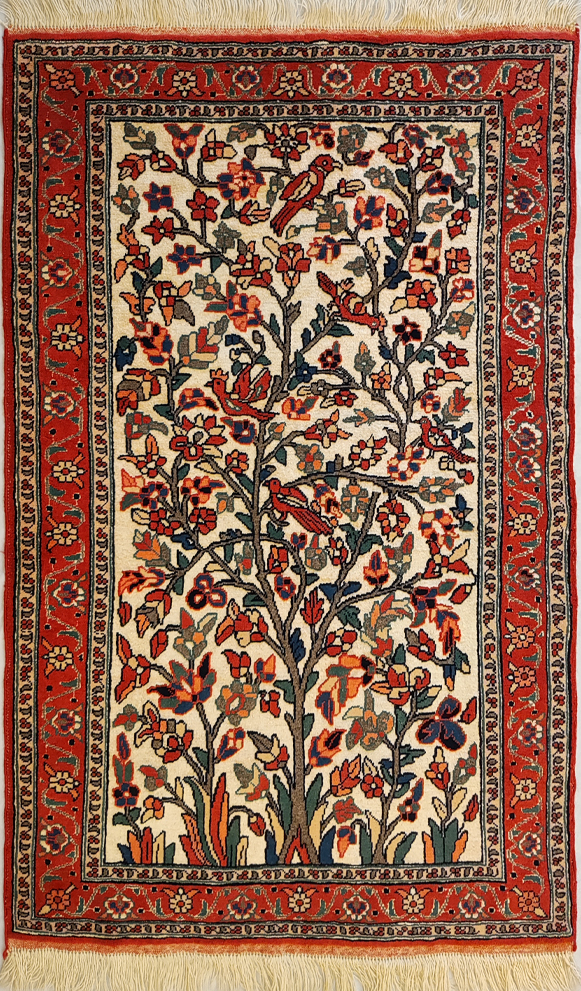
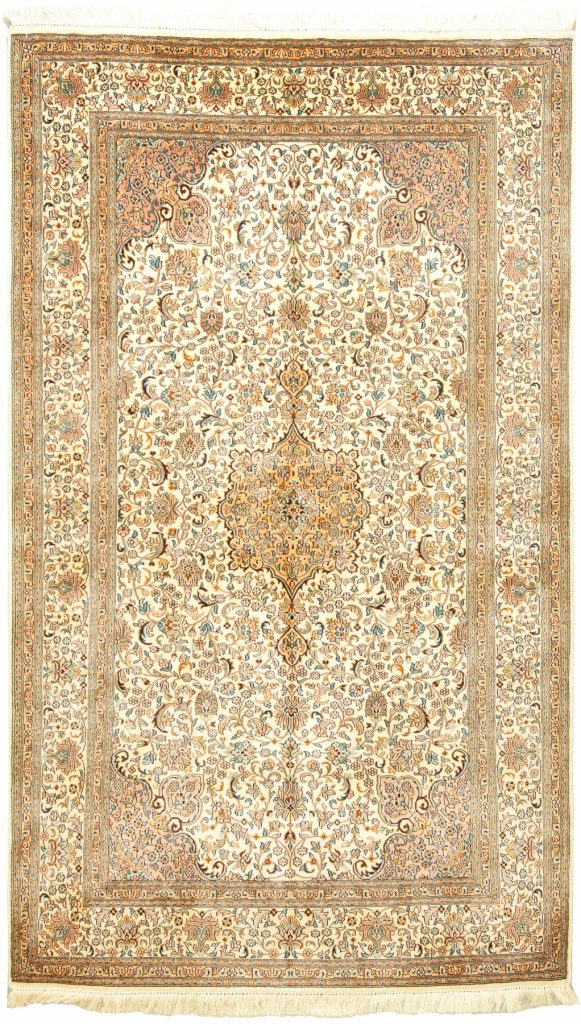
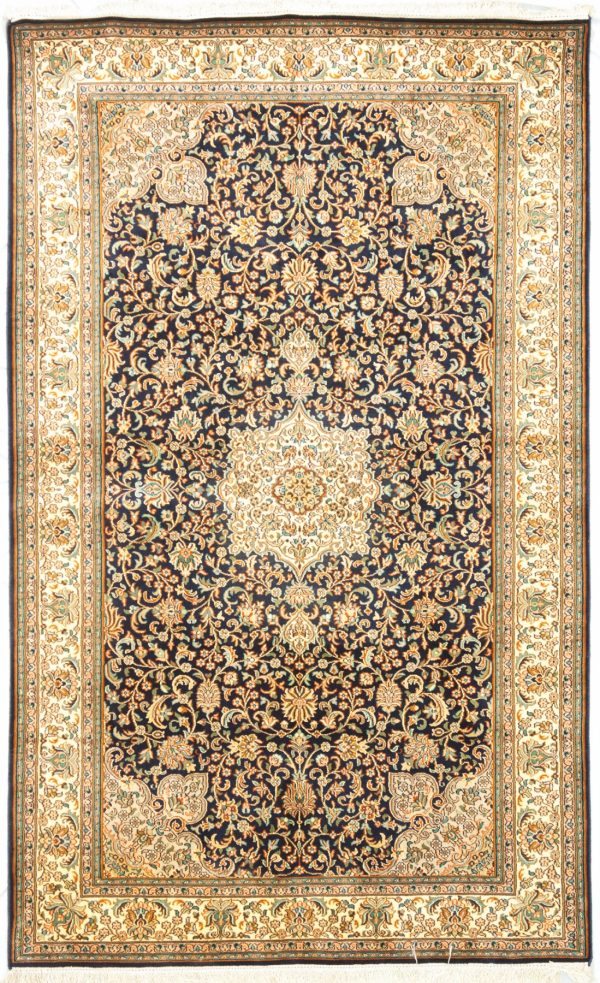
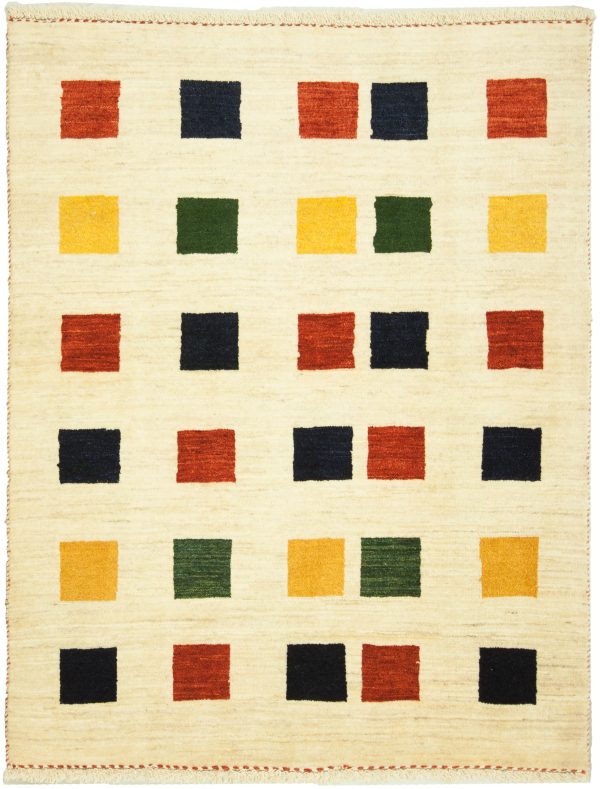
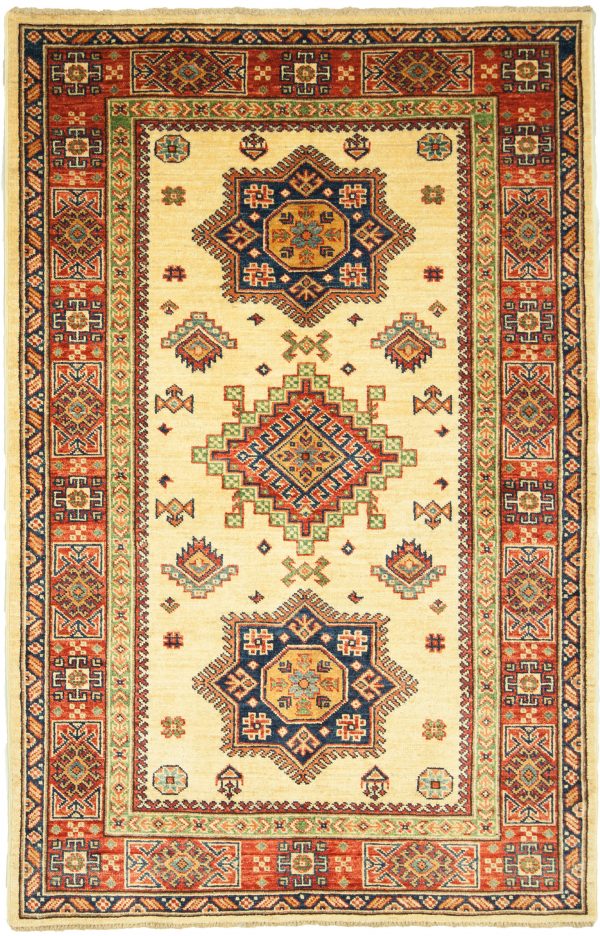
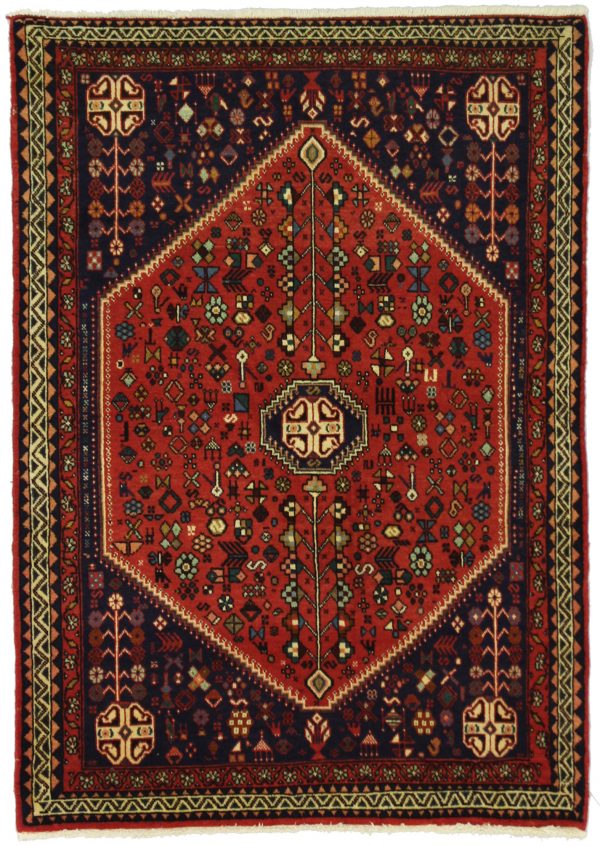
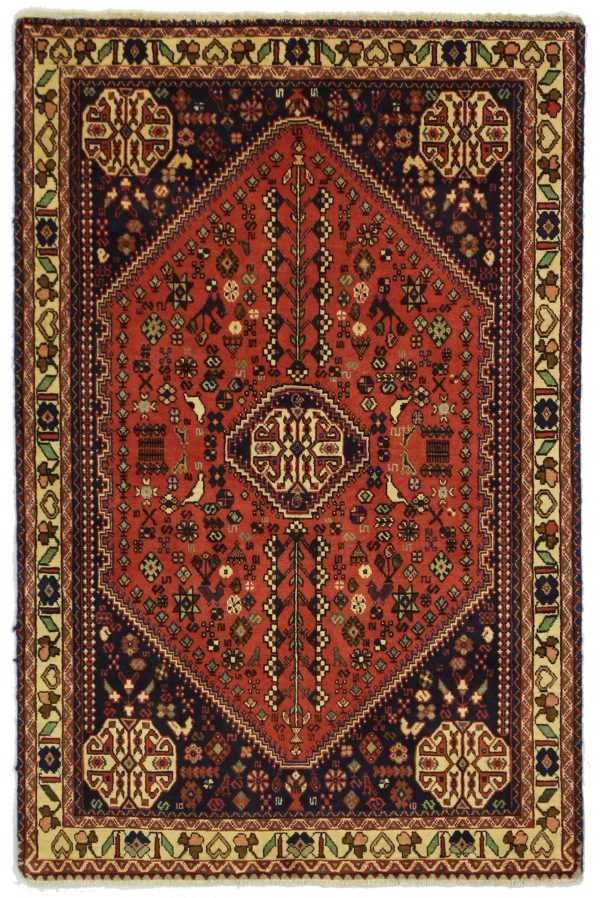
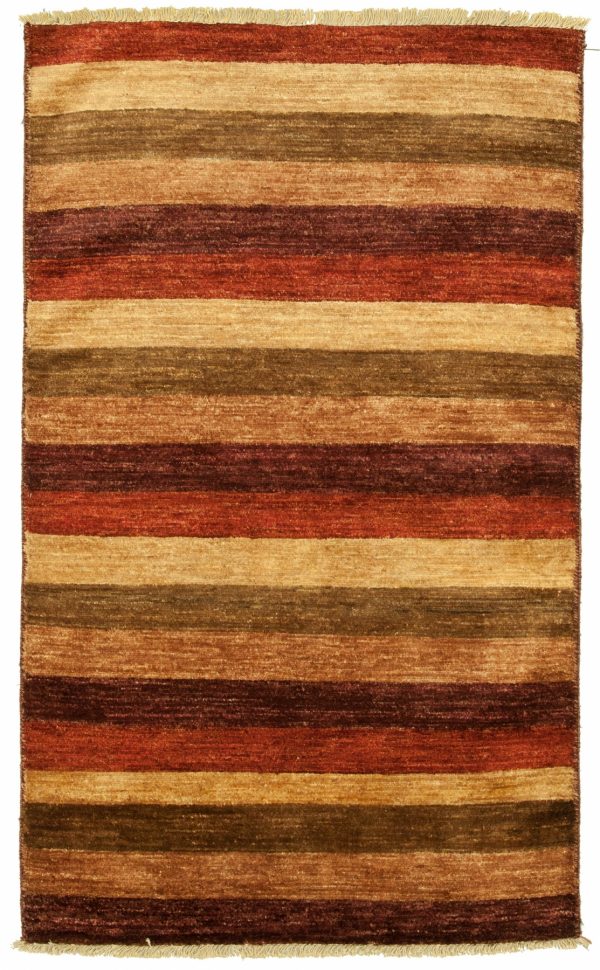
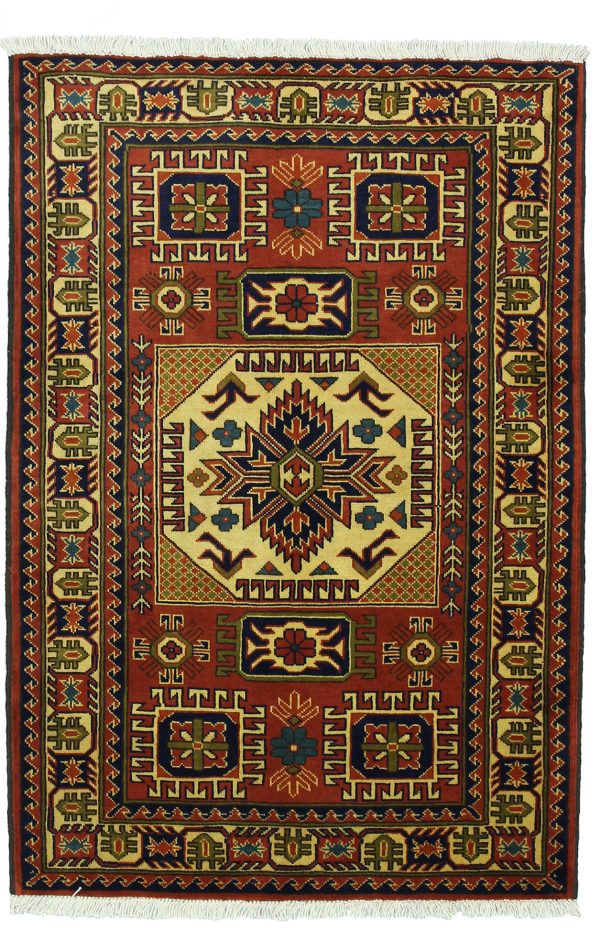
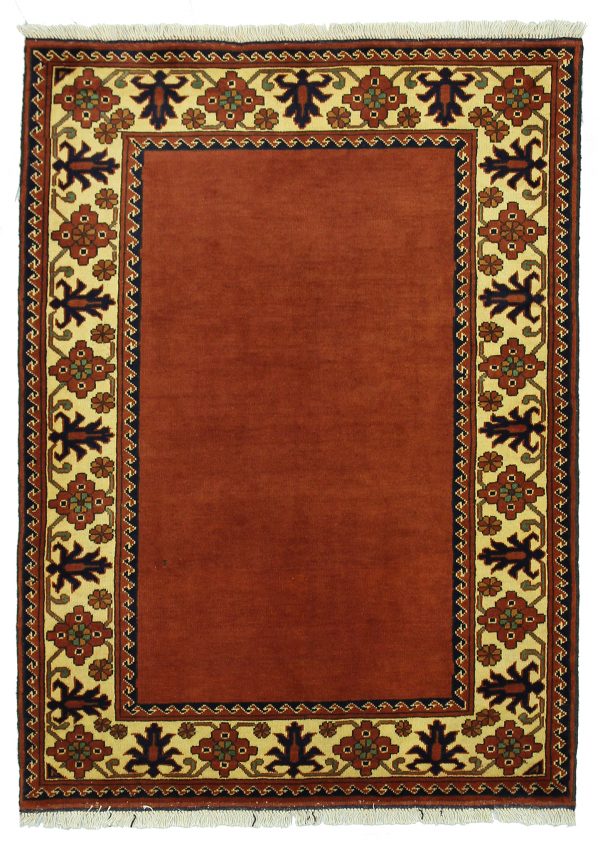
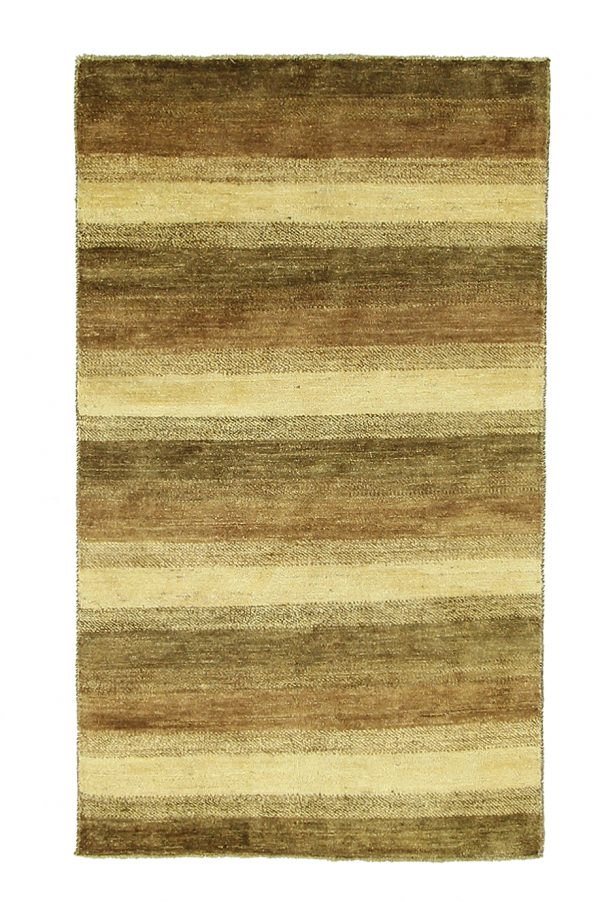
Reviews
There are no reviews yet.